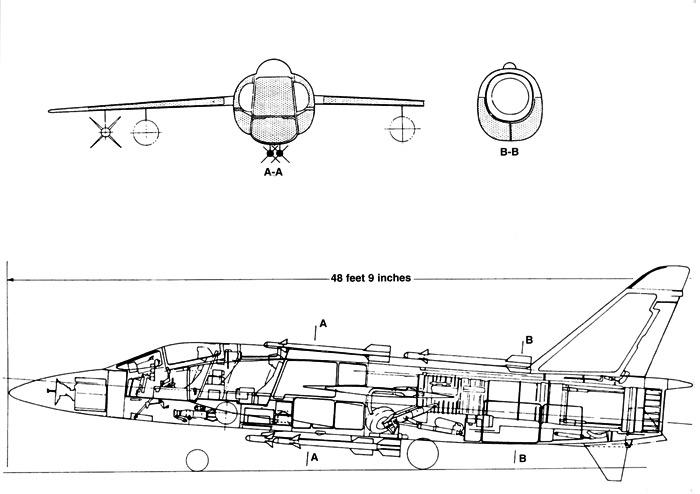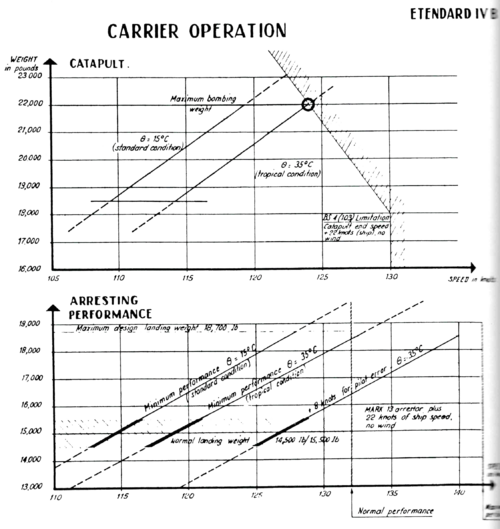Don't forget folks,
@H_K is an Etendard
aficionado
Well that’s because the Etendard is a what-ifer’s dream… with so many flavors (Etendard II, IV, VI, IVM, IVB, Super Etendard) that got past the drawing board into actual flight test and lots of public information so you can really dig into the technical details and understand the impact of such-and-such change as well as how things scaled up & down. Especially for a carrier and light fighter buff. ;-)
What was missing was a good afterburning engine and this is where the broadly similar Tiger comes in with the J79. Sadly not as much public info on the various derivative Grumman designs that never left the drawing board like the G98L…
Which makes me wonder: Among all those projects, why not a single one with afterburner? The atar 9b with 6t thrust was ready by 1959.
And that's a truly excellent question, since the SMB-2 and Mirage III-01 were contemporary of the Etendard IV (1956, 1956 and 1956, all three of them - hell of a year, Tonton Marcel !).
With all three aircraft having the exact same engine, minus a big difference. SMB-2 & Mirage III-01 had the Atar
101G, which was a
101E with afterburner. The Etendard IV had the 101E, so same engine with no AB.
Later the Etendard IV Atar 8 was an AB-less Atar 9 Mirage III.
And even later, same for the S.E and Mirage F1, with 8k50 & 9k50. Even if the Aéronavale badly wanted a J52 inside the Super Etendard (and before that, they wanted A-4M Skyhwaks).

fr.wikipedia.org
The explanation is that the Etendard IV was to be a low and medium height LWF for the AdA and also for NATO. Unlike the SMB-2 (last of the Mystères) and the Mirage III-01 (first of the full size, supersonic Mirages) which were high altitude, supersonic interceptors.
Before France very own Sandystorm military budget crunch of 1958 (Algeria
plus NATO
plus Force de frappe: something had to give....)
the AdA planned to procure
- a last batch of SMB-2s
- a last batch of all weather Vautours
- Etendard IV for low and medium air defense
- Mirage IIIC for medium and high
- Tridents and ramjet interceptors to reach above 70 000 ft
- SO-4060s and Mirage IV heavy multirole fighters (read: a small nuclear bomber).
All of this (or close) was brutally canned except for moar Mirage IIIs assuming all those roles: medium and low and high and ultra high interceptions, and all-weather with R-530, and clear wheather too.
Having lost both AdA and NATO, the Etendard was lucky to end at the Aéronavale.
















